Gwanghwamun Hanokjip (광화문한옥집)
1.1Km 2024-10-15
7, Saemunanro5ga-gil, Jongro-gu, Seoul
+82-2-731-2500
A store with rooms reproducing a traditional kitchen. The best menu at this restaurant is napa wraps with pork. This is a Korean cuisine located in Gwanghwamun Gate, Seoul.
Ilpumdang Premium (일품당프리미엄)
1.1Km 2021-04-20
7, Saemunan-ro, 5ga-gil, Jongro-gu, Seoul
+82-2-1899-4949
A shabu-shabu specialty restaurant located in Gwanghwamun Gate, Seoul. A store with rooms. The most famous menu is shabu-shabu.
Seoullo 7017 (서울로 7017)
1.2Km 2024-10-29
432, Cheongpa-ro, Jung-gu, Seoul
+82-2-120
Originally opened in 1970, Seoullo 7017 was an elevated road that crossed over the Seoul Station railway, but when it became dilapidated and unusable for traffic, it was converted into a park in 2017. It is about 17 metres above the ground and offers a panoramic view of the Seoul Station Railway and the city of Seoul. It is directly connected to Seoul Station.
Korea Grand Sale (코리아그랜드세일)
1.2Km 2024-12-16
29 Insadong 5-gil, Jongno-gu, Seoul
+82-70-7787-4242
Korea Grand Sale is an integrated festival that promotes culture, tourism and shopping to international visitors. While the Korea Grand Sale online platform provides various content and promotions throughout the year, it offers the biggest discounts and programs through offline events in January and February.
Seungdong Church (승동교회)
1.2Km 2020-04-02
7-1, Insadong-gil, Jongno-gu, Seoul
+82-2-732-2340
Seungdong Presbyterian Church was designated Tangible Cultural Asset No. 130 by the Seoul Metropolitan Government on April 6, 2001. Originally known as “Gondanggol Church,” the church was established by Samuel Foreman Moore (1860-1906) in 1893. In those days, the church was known as a “baekjeong church” since it primarily drew Korea’s social underdogs such baekjeong (the butchers), the untouchable class of Joseon society.
Following a number of relocations and name changes (called “Gondanggol,” “Jungang,” and finally “Seungdong”) the church was moved to its current location in Insadong. After Moore died in 1906, Charles Allen Clark became the pastor of the church and Mongyang Yuh Woon-hyung, a key figure in the political history of Joseon, became active in the church. The church was attended by many other activists as well. In fact, the large student demonstration that took place during the March 1st Independence Movement in 1919 was organized by a group of young church members. The church once again made its mark on history with the establishment of the Joseon Theological Seminary in 1939.
Seungdong Church (B1-2F) covers a total of 660 square meters. No record has been found on its architect or builder, but the building is said to have been one of the more magnificent buildings in the area before its beauty was obscured by newer structures.
Kumkang - Jongno Branch (금강제화 (종로지점))
1.2Km 2021-07-19
89, Jong-ro, Jongno-gu, Seoul
+82-2-733-2744
Kumkang Shoes is Korea's leading fashion retailer specializing in formal, casual and athletic footwear, as well as trendy clothing and accessories. Located in central Seoul, Kumkang Jongno is easily accessible from major shopping areas such as Insa-dong and Dongdaemun Market. Moreover, this Kumkang branch has a tailor shop that provides tailoring and repair services.
Sejong-ro Park (세종로공원)
1.2Km 2022-08-31
jiha 189, Sejong-daero, Jongno-gu, Seoul
+82-2-722-9598
Sejong-ro Park is located next to Sejong Center for the Performing Arts in central Seoul. Inside the park, there are wooden benches and shaded areas where people can sit and relax. Also available are water fountains, a round outdoor stage, and various sculptures. The lunch crowd from the nearby office buildings often come to the park during weekdays. On the weekends, the park is also used as a venue for outdoor weddings.
Seoul's anthem and the poem "Bulnori" by Ju Yo-han are written on a memorial stone that can be found inside the park.
Haengbokan Kongiyagi (행복한콩이야기)
1.2Km 2021-03-22
89-11, Supyo-ro, Jongno-gu, Seoul
+82-2-2274-2247
A hidden restaurant frequented by workers in Jongno. This restaurant's signature menu is bean sprout and rice soup. This Korean dishes restaurant is located in Jongno-gu, Seoul.
Gyeonghuigung Palace (경희궁)
1.2Km 2024-07-09
45 Saemunan-ro, Jongno-gu, Seoul
+82-2-724-0274
Gyeonghuigung Palace, a designated Historic Site, was originally called the large palace by Saemun Gate, or the Western Palace, for its location within the city. It was not until the eighth year of Gwanghaegun (1616) that the palace was used as a royal residence for the king, changing the name to Gyeongdeokgung Palace. The name later changed again to the current Gyeonghuigung Palace in 1760. The palace grounds included many halls but they were mostly all burned down in a fire in 1829. After the Japanese occupation began, all remaining buildings on the site were torn down and the palace grounds were turned into Gyeongseong Middle School (now Seoul High School). The school moved to Gangnam area in 1987, afterwhich the previous location was turned into a park. The palace grounds currently hold Seoul Museum of Art and walking paths, as well as a restoration of Heunghwamun Gate, the main gate of the palace, and Sungjeongjeon Hall, the main hall, completed in November 1994.
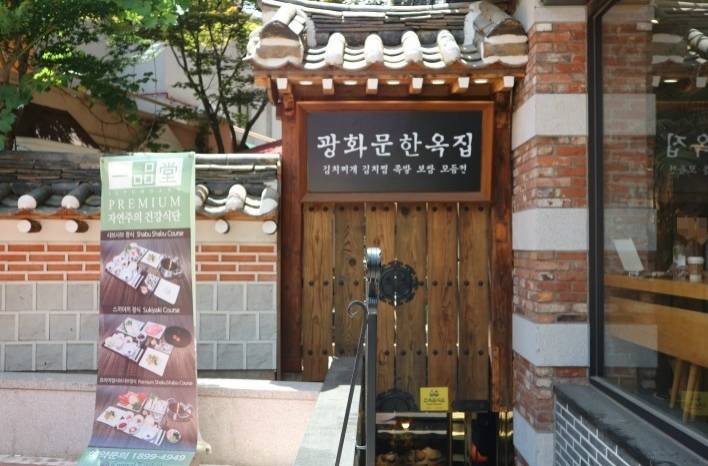
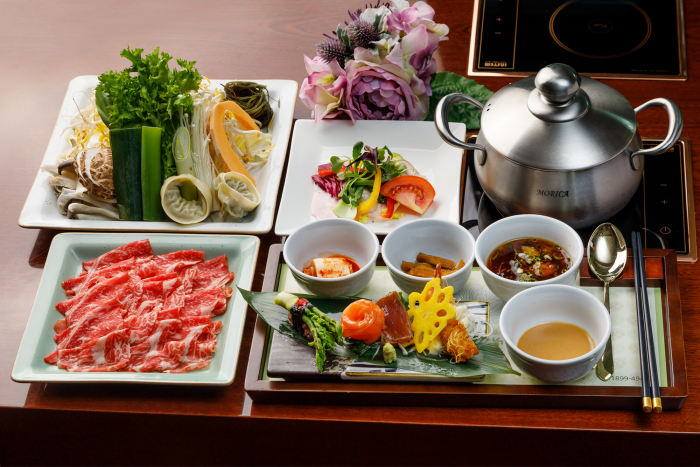
![Saeki P&C [Tax Refund Shop] (세기피앤씨)](http://tong.visitkorea.or.kr/cms/resource/68/2878668_image2_1.jpg)

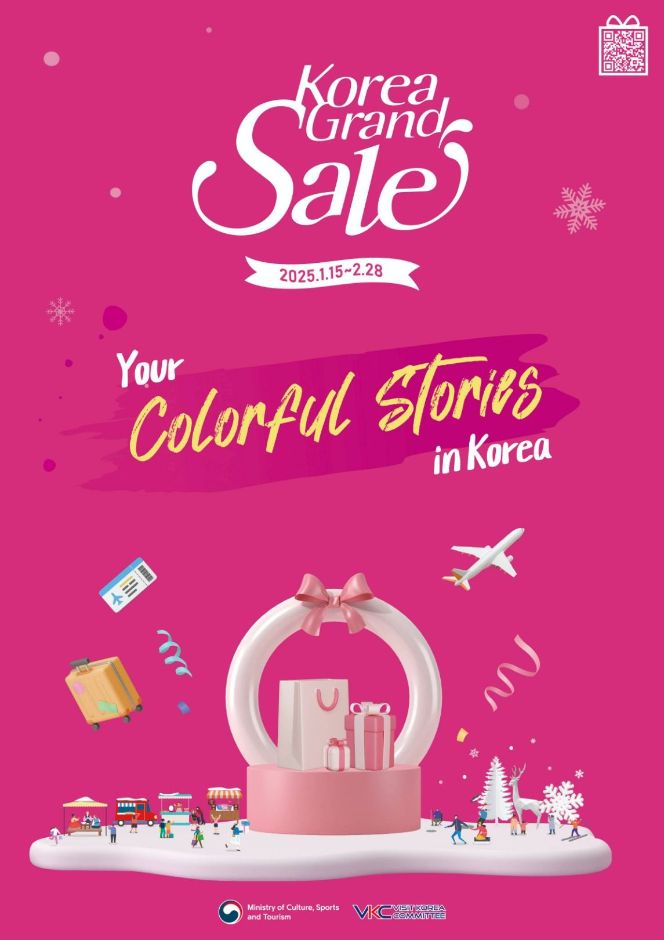
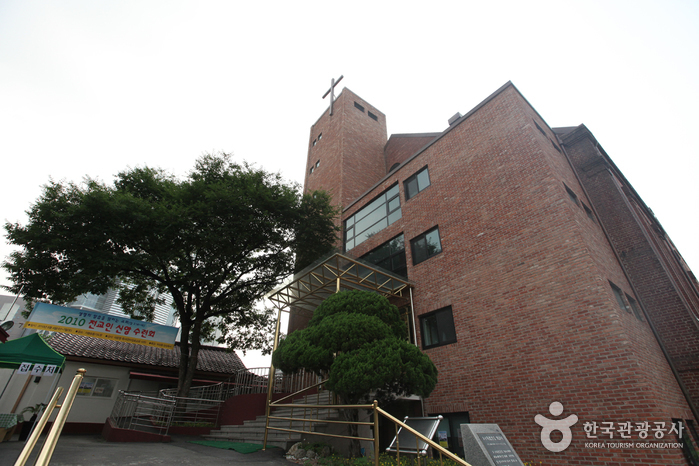
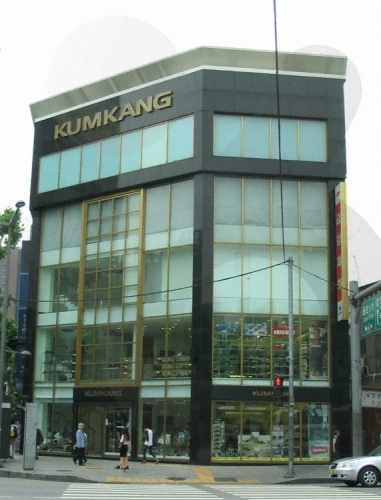
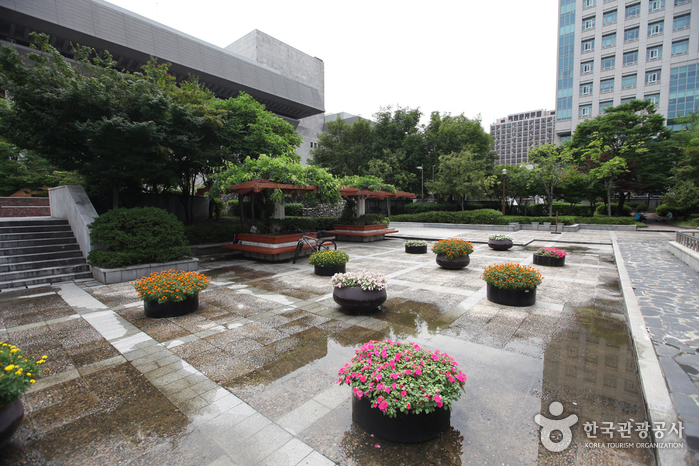

 English
English
 한국어
한국어 日本語
日本語 中文(简体)
中文(简体) Deutsch
Deutsch Français
Français Español
Español Русский
Русский